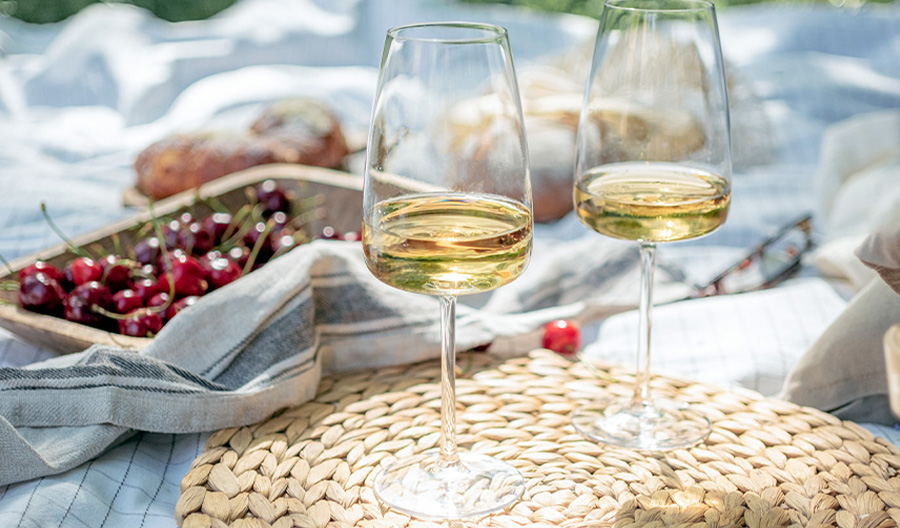The category of organic wine is attracting a lot of attention, but it remains pretty confusing. Getting organic certification for a vineyard is a lengthy and costly process. So many producers just use organic grapes and forgo the right to use the organic USDA seal on their bottles. Much of the organic wine discussion has been centered on the use of additional sulfites during the wine-production process, which consumers think can cause headaches. Sulfites naturally occur in the wine-production process, so no wine is free from them. However, organic and other subsets of “natural” wine production do not permit additional sulfites to be added during production process. This can be a catch-22 as sulfites also help to preserve wine so those produced without their addition can be unstable and prone to oxidation. When you add both “Natural” and “Bio” wines to the picture, it gets even more complicated. So here is a straight-forward guide to the basic rules and regulations about organic—and other types of less-manipulated—wine production.
Production of this category of wines is regulated by a third party, which keeps tabs on how the grapes are grown and harvested as well as processed and packaged. The use of synthetic fertilizers, herbicides and pesticides is not permitted. Before wine can be certified organic, according to the USDA, both the growing of the grapes and their conversion into wine must be certified so the whole process is regulated from vineyard to barrel. Only certified organic wines can use the green USDA seal. Whereas wines made from organic grapes can’t be produced with herbicides and fungicides, the producers who make them aren’t entitled to any official label. These wines will simply use a phrase such as “made from organically grown grapes,” on the bottle.


Neither of these categories is officially regulated by the USDA. However, both types of wine production strive to promote the well- being of vineyards and purity of the finished products in different ways.
The bio school of wine production was created in the 1920s by Rudolph Steiner, an Austrian academic, and has taken organic winemaking a step further. Much of it is based on the view of a vineyard as a live entity that has a strong effect on the grapes produced within its perimeters. Its credos dictate that no chemical products can be used in vineyards and incorporate harvest-production practices that rely on the phases of the moon. Bio wines, and agriculture in general, is regulated by an organization called Demeter.
Natural wines are also produced with as little intervention as possible and this technique is considered one of the oldest forms of winemaking. Nothing besides grape must is put into the tanks. No acid or sugar is added to the must and only indigenous yeast is used to produce these wines. Some regard them as the truest expression of what a vineyard can produce, others say that they can taste somewhat wild and funky.

